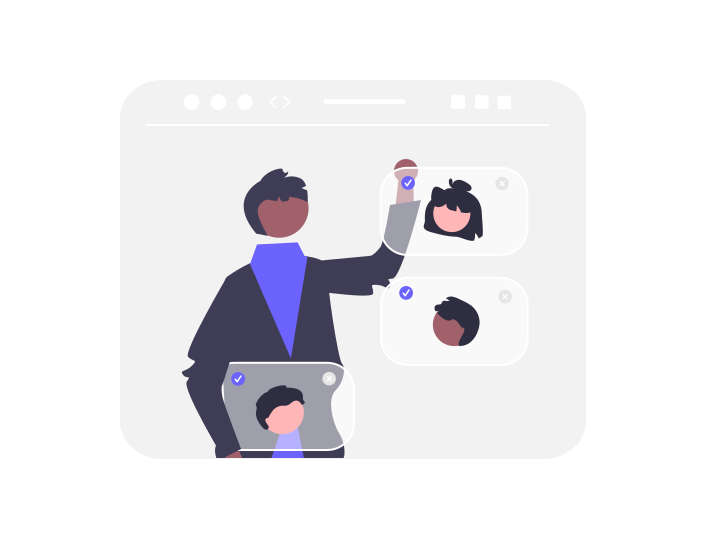Behavioral segmentation is a powerful tool in B2B marketing, enabling businesses to understand and respond to the actions and behaviors of their customers. By focusing on how customers interact with your products, services, and marketing efforts, you can create highly targeted strategies that drive engagement and conversions. This blog delves into advanced techniques for behavioral segmentation, offering insights into how you can leverage these methods to enhance your B2B marketing efforts.
The Essence of Behavioral Segmentation
Behavioral segmentation goes beyond basic demographic or firmographic data. It dives into the actions, patterns, and preferences of your customers. This approach allows you to segment your audience based on their interactions with your brand, such as website visits, email engagement, purchase history, and more.
Segmenting by Interaction Frequency
1. High-Engagement Segments
Identifying customers who frequently interact with your brand can reveal your most engaged and potentially loyal customers. These individuals are more likely to respond positively to marketing efforts, making them prime targets for campaigns focused on retention and upselling.
2. Low-Engagement Segments
Conversely, low-engagement segments consist of customers who interact with your brand infrequently. Understanding the reasons behind their lack of engagement can help you develop re-engagement strategies to nurture these relationships.
Analyzing Purchase Behavior
1. Recency, Frequency, Monetary (RFM) Analysis
RFM analysis is a well-established method in behavioral segmentation. By evaluating the recency, frequency, and monetary value of purchases, you can identify segments that are highly valuable. This allows for targeted marketing strategies that cater to the buying habits of different customer groups.
2. Product Usage Patterns
Understanding which products or services are frequently used by different customer segments can provide insights into their needs and preferences. This information can guide product development, marketing messaging, and cross-selling opportunities.
Segmentation by Engagement with Marketing Content
1. Email Engagement
Email engagement metrics, such as open rates, click-through rates, and conversion rates, can offer valuable insights into customer behavior. Segmenting your audience based on these metrics enables personalized email campaigns that resonate with specific groups.
2. Content Consumption
Analyzing how customers interact with your content, such as blog posts, whitepapers, and webinars, can help you identify topics and formats that resonate with different segments. Tailoring your content strategy to these preferences can drive higher engagement and conversions.
Leveraging Technographic Data
1. Technology Usage
Segmenting customers based on the technology they use can reveal important insights about their needs and challenges. This information can be used to develop targeted marketing strategies that highlight how your solutions align with their existing tech stack.
2. Digital Behavior
Tracking digital behavior, such as website navigation patterns and social media interactions, provides a deeper understanding of customer preferences. This data can inform personalized marketing campaigns that cater to the specific interests of each segment.
Implementing Advanced Behavioral Segmentation
1. Data Integration
Integrating data from various sources, such as CRM systems, marketing automation platforms, and analytics tools, is essential for a comprehensive view of customer behavior. This holistic approach enables more accurate segmentation and personalized marketing efforts.
2. Predictive Analytics
Utilizing predictive analytics can enhance your segmentation strategy by identifying patterns and trends that may not be immediately apparent. Predictive models can forecast future behavior, allowing for proactive marketing strategies.
3. AI and Machine Learning
AI and machine learning technologies can automate the segmentation process, providing real-time insights into customer behavior. These tools can identify complex patterns and deliver personalized recommendations, improving the effectiveness of your marketing efforts.
Conclusion
Advanced behavioral segmentation techniques offer B2B marketers the ability to deeply understand their customers and create highly targeted strategies. By segmenting based on interaction frequency, purchase behavior, engagement with marketing content, and technographic data, you can develop personalized marketing efforts that drive engagement and conversions. Leveraging data integration, predictive analytics, and AI technologies will further enhance your ability to deliver the right message to the right audience at the right time.


